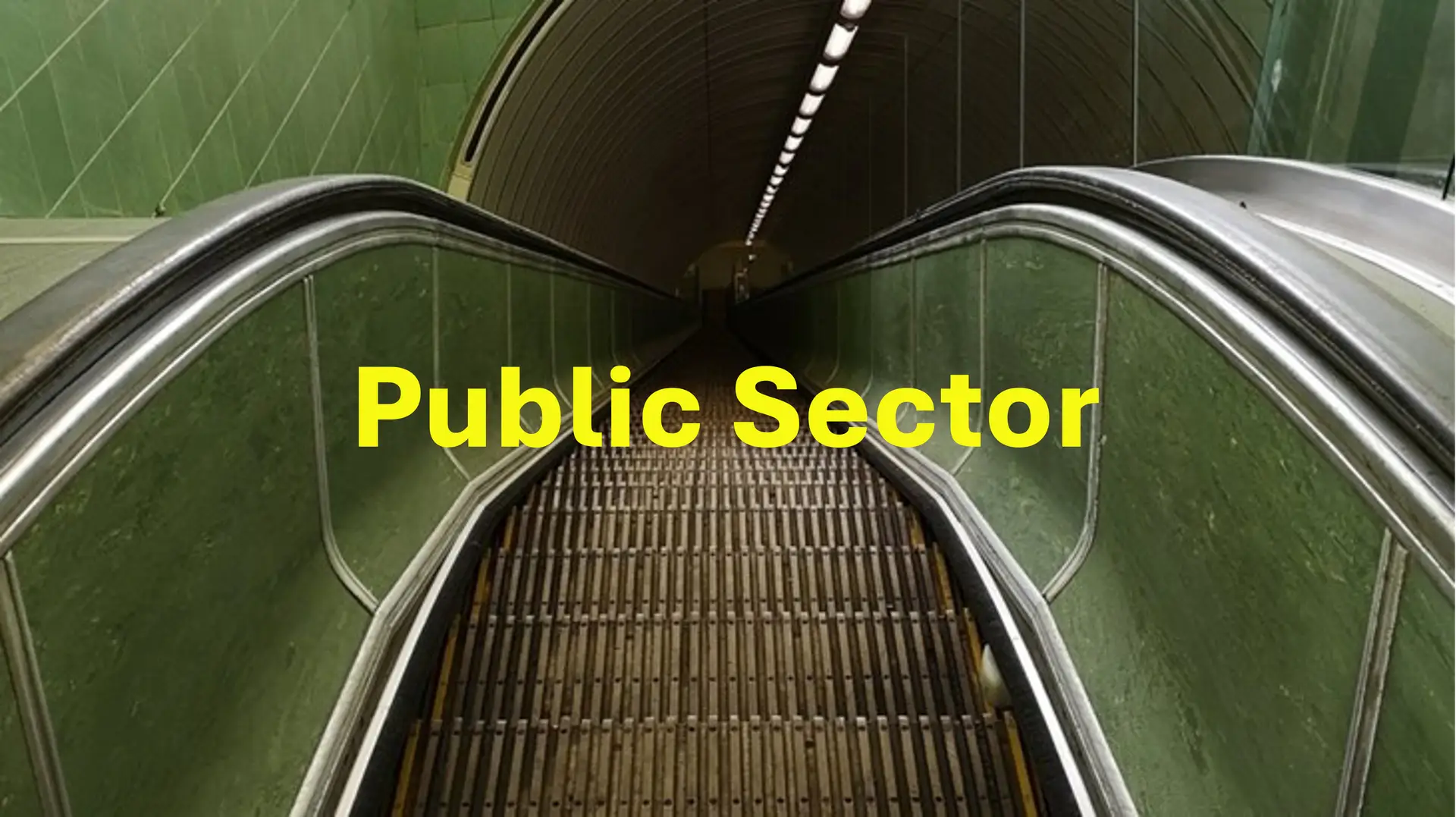Healthcare
Our Portfolio
We continue to successfully deliver numerous projects within the challenging Healthcare sector. In most cases the works are required to be undertaken in a ‘live’ environment requiring us to manage and deliver a specialist supply chain including asbestos trained scaffolders and electricians to work alongside our trained site staff inside containment areas often working out of hours.
Charing Cross Hospital,
London
The work
Client: Imperial College Healthcare NHS Trust.
Services delivered: Asbestos Removal, Scaffolding.
Location: Hammersmith, London
Charing Cross Hospital is a district general hospital and teaching hospital located in Hammersmith. The present hospital was opened in 1973, although it was originally established in 1818.
The Main Entrance, Car Park and Bike Store are located beneath a canopy whose ceiling is made up of Asbestos Insulation Board ceiling tiles. We were instructed to remove these tiles (c2000m2) and supporting grid to facilitate new fire protection and ceiling upgrade works.
Scaffolding was required to gain access to the tiles above the Main Entrance and above two large ponds located at the front of the canopy.
Works were undertaken in phases and out of hours where necessary to reduce the impact of parking and so as not to disrupt the day to day running of the hospital.
Grange University,
Cwmbran
The work
Client: Aneurin Bevan University Health Board.
Services delivered: Asbestos Removal, Land Remediation.
Location: Cwmbran, Wales.
Grange University Hospital is the first major hospital to be built in Wales in more than two decades. The £350m new specialist and critical care centre in Llanfrecha, Cwmbran will provide a 471 bed facility where three quarters of patients will be treated in their own rooms. We were instructed by Aneurin Bevan University Health Board to undertake asbestos remediation works to the old site to enable the demolition of the existing administration blocks and villa buildings that used to be home to long stay patients, as part of preparations for the new hospital.
Our works involved asbestos removal across all thirteen original buildings, including the removal of residues to the main boiler house and underground duct system. Extensive further non-licensed ACM’s in the form of artex, floor tiles and AC soffits were also removed.
Glan Clywd Hospital, Rhyl
The work
Client: Laing O’ Rourke c/o Betsi Cadwaladr University Health Board
Services delivered: Asbestos Removal, Scaffolding.
Location: Rhyl, North Wales.
We have completed complex and extensive removal works at Glan Clwyd Hospital, the largest hospital in North Wales with a floor area in excess of 30,000m2. Originally opened in 1980 the hospital has now undergone a well publicised redevelopment with AA Woods playing an instrumental part in this challenging process.
The project involved the removal of sprayed asbestos coatings to steel work contained in every ceiling void throughout the entire hospital. Works were undertaken in a ‘live’ hospital environment working closely with the Health Board and Main Contractor to ensure critical areas of the hospital remained operational 24 hours a day.
Whittington Hospital, London
The work
Client: Whittington Health NHS Trust.
Services delivered: Asbestos Removal.
Location: Upper Holloway, London.
Originally built in 1848, Whittington Hospital, located in Upper Holloway, London is managed by Whittington Health NHS Trust. Its Jenner Building, a former smallpox hospital is grade II listed. We were instructed by Whittington Health NHS Trust to undertake asbestos removal within the high level loft spaces and tank rooms above both Bridges Ward and Fetal Medicine Unit to enable urgent water treatment works to be undertaken and to ensure future maintenance of the loft spaces could be achieved.
We removed asbestos insulation and residues from pipework and carried out a full environmental clean of both loft spaces and tank rooms. We worked around the clock to complete the works in the shortest time possible to provide the least disruption to the hospital and visitors.
Hammersmith Hospital, London
The work
Client: Imperial College Healthcare NHS Trust
Services delivered: Asbestos Removal, Reinstatement.
Location: Hammersmith, London.
Built in 1902, Hammersmith Hospital is a major teaching hospital located in White City, London, adjacent to Wormwood Scrubs. The hospital contains two basement level brick built service tunnels named the North and South Admin Service Tunnels. These tunnels approximately 250m in length contain both mechanical and electrical services that continue to serve the hospital.
We were instructed to undertake asbestos removal and encapsulation works within both tunnels and connecting plant rooms in order to facilitate urgent fire protection and pipework upgrade works. The hospital remained ‘live’ throughout the works with the project delivered in phases undertaken out of hours where necessary so as not to disrupt the day to day running of the hospital.
University Dental Hospital, Cardiff
The work
Client: Cardiff and Vale University Health Board.
Services delivered: Asbestos Removal.
Location: Cardiff, Wales.
The University Dental Hospital (UDH) is part of the Cardiff and Vale University Health Board and is situated in a stand-alone building on the main University Hospital of Wales site. The Dental Hospital treats around 100,000 patients per year and as a teaching hospital has strong links with the School of Dentistry providing dental care for patients who are screened as suitable for treatment by undergraduate dental students.
As part of a major refurbishment project, we were instructed by Cardiff and Vale University Health Board to remove all false ceilings, lighting, redundant services and asbestos sprayed coating residues to beams and ceiling slabs to the first and second floor of the Phantom Head teaching suite located in the West Wing of the hospital.
St. Mary's Hospital, London
The work
Client: Imperial College Healthcare NHS Trust
Services delivered: Asbestos Removal, Reinstatement.
Location: Paddington, London.
Founded in 1845, St. Mary’s Hospital is where Alexander Fleming discovered penicillin back in 1928. Today St. Mary’s is one of only four major trauma centres in London. We were commissioned by Imperial College Healthcare NHS Trust to undertake major asbestos works to the underground duct system, adjoining plant room and associated risers. This confined space duct system was contaminated with asbestos insulation debris from a previous poor strip with services still insulated with asbestos hardset insulation in parts.
We were instructed to remove the asbestos from the duct system, adjoining plant rooms and risers so that urgent upgrade works could be undertaken and future maintenance of the system could be achieved. On completion of the asbestos removal works we re-insulated all pipework services and upgraded the floor finishes. The hospital remained live throughout the works with the project delivered in phases, working out of hours where necessary so as not to disrupt the day-to-day running of the hospital.
Removing asbestos is particularly dangerous as the fibres become harmful when disturbed and released into the atmosphere. The risk of releasing these dangerous fibres is particularly high without proper training, equipment and control measures. If handled incorrectly and inhaled these fibres can cause serious asbestos related diseases. It can take as little as 10 years and up to 50 years to develop these diseases depending on exposure. Asbestos exposure causes 5,000 deaths every year, vastly more than the number of people killed on UK roads.
Planned and responsive works such as risk assessments, re-inspections, asbestos removal and containment are effectively scheduled and managed. The system digitally deploys compliance checklists and records key data on ACM’s, air testing, waste consignment, exposure rates, H&S, staff training and sustainability. A centralised management dashboard allows multiple sites to be monitored in real time and records of scheduled works are updated instantly.
All our staff are continuously assessed through audit and competency checks carried out by our Compliance Team, Managers and Site Supervisors. This information is gathered to enable us to produce a relevant training needs analysis (TNA) programme delivered using our state of the art training facility, ensuring all individuals’ needs are met.







